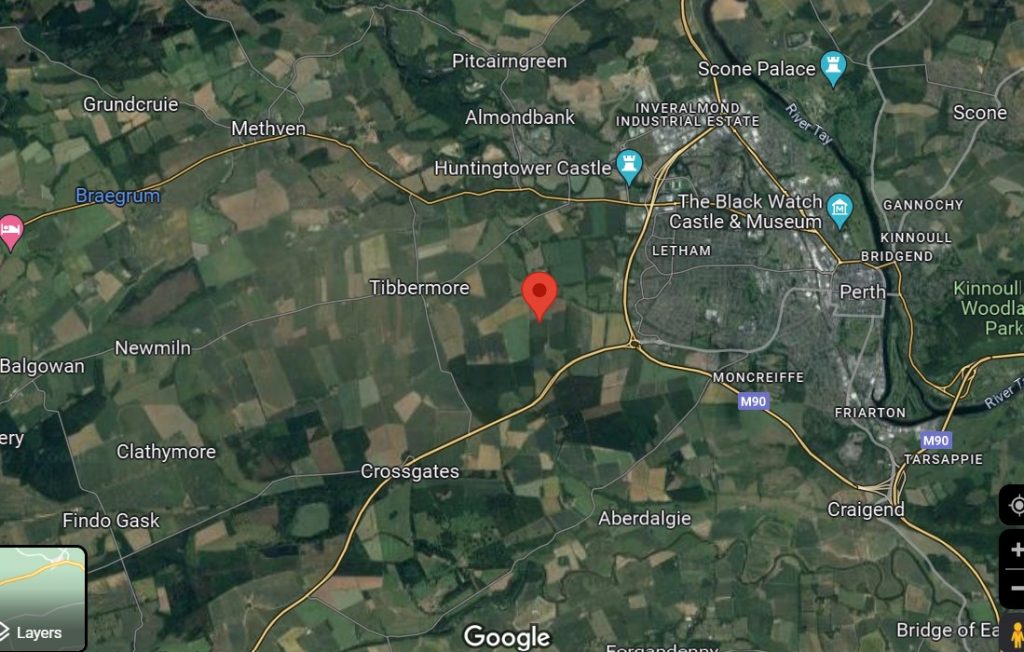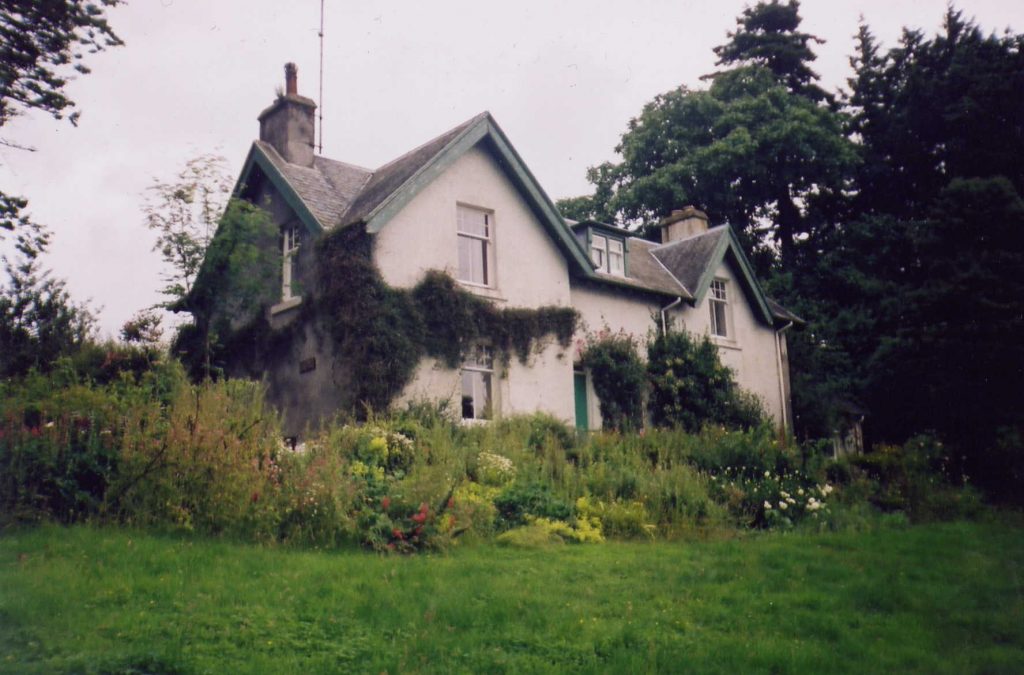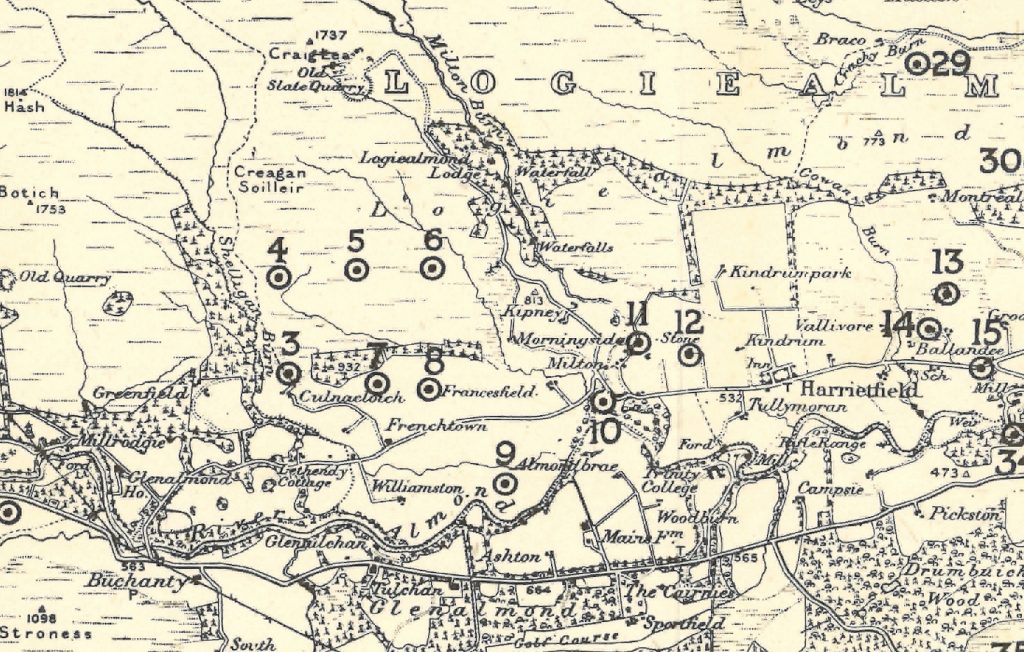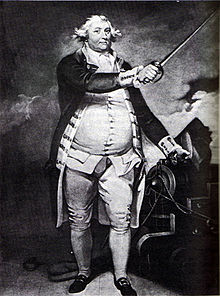The earliest recorded Douglases in our family are found in Perthshire probably around the Crieff, Monzie and Fowlis Wester parish areas. This was in the 1680s and 1690s. Although parish records go back to the 1660s there is insufficient detail to piece our family together that far back.
There was a revolution in England in December 1688. The following spring King James was declared to have abdicated and the throne was offered to Mary and William. Scotland followed suit.
In October 1689 a petition by Donald McAra and Alexander Davidson on behalf of the rest of the parishioners at Fowlis Wester complained of the minister “for not reading the proclamation for disowning King James and for not praying for King William and Queen Mary” (Forrester, p113). They wanted him removed, and he was. From this we may assume that Fowlis Wester and Monzie were generally supportive of the revolution.
King William III introduced a Hearth Tax in 1694 to help pay for his wars against Louis XIV. A by-product of this is a list of hearths or chimneys in each parish and the person who paid tax on them.
On this list is James Douglas of Fowlis Wester, sharing a hearth with a Humphrey McAra. The McAra family name is prominent in Fowlis Wester OPR throughout the last three hundred years. Interestingly, conversation with a fellow parishioner at my small Co Antrim parish church led to her telling me her maiden name was an odd one that I wouldn’t have heard of, McAra. I was able to tell her where her family came from!
The Mid 17th Century
The Logie estate was sold by the Hays Earls of Erroll in 1638 to Sir Patrick Murray, Earl of Tullibardine. Sir John Drummond of Burnbank then bought Logie in 1668.
The mid 17th century saw the English Civil Wars which impacted upon the rest of the British Isles heavily. Charles I tried to impose an episcopal church structure on Scotland which most of the nobility resisted, leading to the signing of a Solemn League and Covenant. Although I have looked at a surviving list of signatories in Perth I could not find any ancestors jumping out. A Scottish army successfully invaded northern England to hold the king to account. Later both sides in England vied to bring a Scottish army on their side.
The result was fighting in Scotland as well as England and Ireland. Perthshire features in this. THe Covenanter Lord Kilpont had 400 men at Buchanty Hill, Glenalmond to oppose the Marquis of Montrose with 2500 men. After some days Patrick Graham of Inchbrakie (one of Montrose’s men) with hundreds of Atholl men surprised and surrounded the Covenanters and brought them over to his own side. Thus Montrose now had 3000 men on the moor of Foulis.
There was a battle at Tibbermore on 1st September 1644. Tullibardine had died so his son James led the Atholl men. The Covenanting army was led by Lord Elcho, Sir James Scott, Lord Drummond and Tullibardine’s son. The Covenanters were defeated by Montrose’s men.
The battle was doubtless still a talking point 40 years later among those old enough to remember.

The aerial photo, above, from Google Earth shows Perth City on the east, Huntingtower to the NW of it (where Jane Ann Clark and Charles Douglas the blacksmith married in 1866), Methven to the NW, site of Robert the Bruce’s heavy defeat in 1306, with the red marker supposedly showing the site of the Battle of Tibbermore.
David M Forrester in Logiealmond, The Place and the People (p84) quotes correspondence about Glenalmond in this regard. A muster of local men may well have included Douglas ancestors but whether there were suitable males at the time to serve the lands and goods of all were at risk:
“The humble supplication of Captane James Stewart of Arditie, and Robert Menzies my Lovetenent ovir the Erle of Tullibardine’s men of Glenalmond, to the lordis and wthers of the honorabill committee of Estaite: That quher in the moneth of May last,1645, plesit the Estaites of this kingdome and my lord Tullibardine to appoint me Captane ovir his lordship’s landis and men of Glenalmond, and wpone the 30 of Maii we mustart 100 men in the North Inch of Perth, and for the spaice of three monethis thereafter I watchit it and keipit the cuntrie so that there was nothing stollin nor reft threout of be the enemie, and tuik sundrie of the enemie presenors: wntill the bodie of the enemeis armie cam downe to the wood, of Methven, quhais strenth I was not able to resist, that I and sum of men with me tuik ws to the Castle of Logy and held it out against the enemie: and the rest of my men that was in the countrie, sum of thame being misled be evill counsell, did joyne thame selffis with the enemie by my knawledge to my great greiff: and in the meantyme all that belangit to me without the castle, both hors, mears, oxin, ky, scheip, houshold geir, and all that belangit to me and my tenentis they tuik with thame , and brunt our peat stakis: the skith susteinit be ws therthrow exceidis 4,000 merks. Lykas since my entrie in the publickis serwice, I only ressauit thrie monethis mentenance in maill, and ane monethis pay in money, the remanent thereof is all restand me: quhilk your Lordships will be pleisit to caus satisfie.“
OPR means the births, marriages and deaths recorded in a parish register, along with the Kirk Session of that parish. Marriages meant reading of banns in both parties’ home church on 2-3 successive Sundays (allowing for the possibility of objection); burials were rarely well recorded.
Churches were quite good at recording their finances; reading the banns brought a modest income each time; burials did if the family of the deceased paid to use a mort cloth over the simple wooden coffin. In some cases there were two cloths available, the better one costing more. Some families had their own mort cloth and this would not appear as a payment.
There were other Douglases who paid hearth tax, such as a William Douglas in Monzie (2 hearths), but I can’t put them on our tree as I’m not certain how they fit in. William and James might be brothers, or father and son, for instance.
Some Wills
Wills from the late 17th century are both informative if you get lucky and hard to read at the best of times.
The court at Dunblane proved the will of William Douglas of Braco in Monzie on 25th August 1672 and of a William Douglas of Braco in Monzie on 12th August 1686. Yet another William Douglas is referred to in the will of his spouse, Marion Roy on 2nd September 1681. This one lived at Kandrum. Kandrum is very close to the Lethendies where the Douglases lived from 1700 on (see maps on this page). Perhaps the family were tenants at Kandrum and then moved to Lethendy?
These wills may yet provide clues to help us piece together the very earliest Douglases.
William Douglas and Maxtone of Cultoquhey
In November 2015 whilst researching at NAS in Edinburgh I chanced upon a bond between a William Douglas, servitor to the Marquis of Atholl, and Mungo Maxtone of Cultoquhey in 1683. Another bond dated from 1703. The first is in secretarial script and beyond me but the second I was able to translate with some help.
What is significant for us is that the Maxtones of Cultoquhey were local gentry in Fowlis Wester. I hope that the archives at Blair Castle may tell us a bit more about this William Douglas, for instance what exactly his role was and where he came from.


The OPR says James Douglas was father to a son called William, baptised on 28/4/1694 at Fowlis Wester. It doesn’t say where the house or farm was – or the name of the mother!
In 1700 James’s wife gave birth to a son called Charles, the first in a very long line name of them (OPR342/0010). The location of the birth was Wester Lethendie, usually spelt as Lethendy (Incidentally the name Douglas is often spelt “Dowglas” on these early records).
At that time the dwelling was part of Crieff parish but in 1703 Glenalmond was part of Monzie parish as on 12th December James Douglas was appointed elder for Monzie in wester Lethendy, Kinachraggan and Millrodgie. William Roy had the two Downies and Dallick, Donald Christon had the two easter Lethendies [ie mid and easter] (Forrester p108).
An elder is an important job in the Presbyterian church and this shows James must have been very religious and had some clout.
Maplink: paste the address into an email and send it to yourself to view locations associated with the 18th century Douglases:
There were three Lethendies- Wester, Mid and Easter Lethendy, ferm-touns of several buildings with 5-6 families in each ferm-toun. John Murray, 1st Duke of Atholl owned the lot, part of his Glenalmond Estate.
The Lethendies were less than a mile from Milnrodgie and this area was the centre of the Douglas family’s life until 1800. There is a Lethendy Cottage now. This may be built on the site of one of the Lethendies.
Canmore archaeological services say a field NW of Lethendy Cottage was Mid-Lethendy field, so that’s where mid Lethendy likely was. Lethendy and Easter Cottage were on the 1862 OS map and according to a message on the Ancestry message board Lethendy was built in the 1790s and occupied by a Gorrie family. ( http://boards.ancestry.co.uk/surnames.gorrie/15.5.1/mb.ashx )

From John Stobie’s 1783 map of Perthshire, showing the 3 Lethendies
Admiral Sir Charles Douglas, born at Carr, Perthshire is NOT related to us as far as I can see. He was a veteran of the Seven Years War (French and Indian War to Americans) and the American War of Independence.
